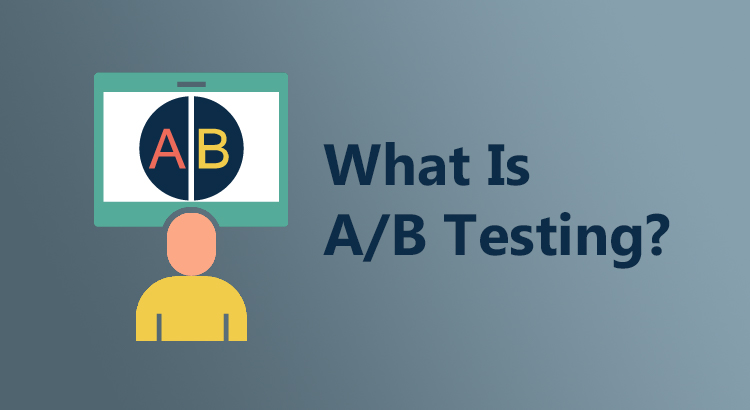Identifying effective marketing strategies can be challenging when striving to expand your business. A/B testing, by comparing two versions of a digital asset, enables you to determine user preferences and optimize content. This guide clarifies what A/B testing is and its significance in improving customer experiences and expediting conversion goals.
What Is A/B Testing?
A/B testing, also known as split testing, involves comparing two or more versions of a digital asset, such as a webpage or advertisement, to determine which performs better in terms of user engagement or conversion rates.
Importance of A/B Testing
The benefits of A/B testing lie in its ability to provide insights that drive informed decision-making in marketing tasks. A/B testing offers several key advantages:
1. Minor Changes, Major Impact
A/B testing allows for the evaluation of subtle alterations that can yield substantial improvements in performance. By systematically testing elements such as copy, design, or layout, marketers can identify tweaks that result in significant enhancements.
2. Low Risks, High Rewards
A/B testing minimizes risks while offering high rewards by providing quick insights into the effectiveness of tested elements. Its efficiency allows for swift decision-making, ensuring optimal resource allocation and potential revenue gains.
3. Optimizing Traffic and Conversions
By leveraging A/B testing, businesses can capitalize on website traffic, optimizing conversion rates and minimizing marketing expenditure. This approach maximizes the impact of each visitor, resulting in higher overall conversion percentages.
4. Reducing Bounce Rates
A/B testing aids in reducing bounce rates by enhancing user engagement and retention. By optimizing website elements through testing, businesses can create more compelling user experiences, encouraging visitors to explore further.
5. Audience Insights
Utilizing A/B test results provides invaluable insights into audience preferences and behaviors. This data informs future marketing strategies and website design efforts, ensuring alignment with audience expectations and driving long-term success.
How Do You Conduct A/B Tests?
Conducting A/B tests requires a systematic approach rooted in the scientific method. The process typically involves the following steps:
1. Identify a Problem
Clearly define the specific issue or challenge that you seek to address through A/B testing. Whether it’s low conversion rates, high bounce rates, or ineffective email campaigns, pinpoint the precise area for improvement.
2. Analyze User Data
Utilize analytics tools to delve into user behavior and identify potential pain points or areas of optimization. By examining metrics such as click-through rates, engagement metrics, and conversion rates, you can pinpoint areas ripe for experimentation.
Related Article: Data-Driven Marketing: What It Is and Why It Is Important
3. Develop a Hypothesis to Test
Formulate a clear hypothesis that articulates the expected impact of the proposed changes. Whether it’s adjusting the placement of a call-to-action button or refining the messaging of an email campaign, articulate the rationale behind your proposed alterations.
4. Conduct the Hypothesis Testing
Create alternative versions (variants) of the element being tested, ensuring that each variant represents a distinct hypothesis. Deploy these variants to a subset of your target audience and measure their performance against predetermined metrics.
5. Analyze the Data
Once the test concludes, analyze the data to assess the performance of each variant. Determine whether the observed differences in performance are statistically significant and align with the initial hypothesis.
6. Find New Challengers for Your Champion
In A/B testing, identifying a “champion” version that outperforms others is crucial.
By comparing this champion against new “challengers,” businesses continually iterate and optimize, ensuring ongoing improvements in performance and potentially uncovering even more effective strategies.
In a Nutshell
A/B testing serves as a foundation of data-driven marketing, empowering businesses to refine their strategies and optimize their performance through systematic experimentation. By conducting A/B tests, businesses can uncover actionable insights and maximize the effectiveness of their marketing initiatives.


